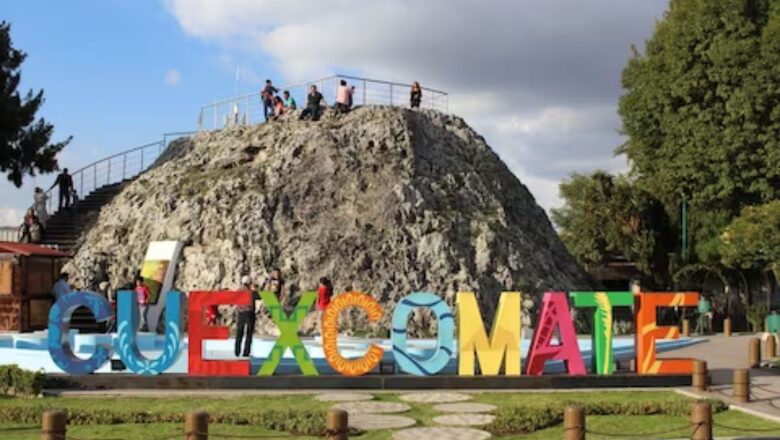
views
Cuexcomate, an inactive geyser often touted as the world’s smallest volcano, graces Puebla City, Mexico, drawing tourists to its unique features. Composed of calcium carbonate and silica, this geological wonder stands at 43 feet tall with a diameter of 74 feet. Originally formed before the eruption of Popocatepetl, Mexico’s second-highest peak, in 1064, Cuexcomate is believed to have resulted from activated geothermal spring circulation.
Today, this dormant geyser has transformed into a viral tourist attraction. Visitors can explore its interior, accessing a 23-foot wide mouth through iron stairs. Cultural events, including festivals featuring geysers, are organised within this geological marvel.
Scientists theorize that Cuexcomate was once an active geyser, serving as a natural source of hot water. The last recorded eruption is said to have occurred in 1600, rendering it inactive. Hollow on the inside, the geyser now stands at 43 feet in height and spans 75 feet in width.
Historically, Cuexcomate was situated in an area earmarked as the town of La Libertad before the volcanic eruption. In 1943, it became part of the city of Puebla. On November 27, 1970, a plaque was installed, commemorating the founding of La Libertad around Cuexcomate’s perimeter.
Adding to its mystique, a board placed outside the volcano in 1970, purportedly containing information from 1585, mentions the presence of smelly water. Media reports from that era suggest grim practices, including human sacrifices and the disposal of suicide victims’ bodies into the geyser. These acts were rooted in the belief that such individuals did not merit burial or mourning. The locals even labelled those living around the geyser as ‘children of the devil.’
Over time, Cuexcomate has evolved into a popular tourist destination, shedding its dark historical associations. Today, it stands as a testament to the geological wonders that captivate visitors in Puebla City, Mexico.




















Comments
0 comment